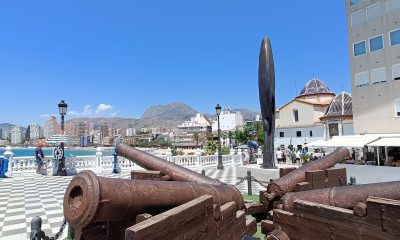Costa Blanca
Guardia Civil caught 34 drivers without a licence in Alicante in January

In January of this year, the Traffic Division of the Guardia Civil of Alicante caught 34 drivers who did not have a licence or pass to drive and another 29 drivers who were drunk at the wheel. They also took action against four people for careless driving, one for speeding, and one for leaving the scene of an accident. The Armed Institute said in a statement that 69 drivers have been taken to court for crimes against road safety in the first month of 2025.
The Benemérita has stopped a total of 202 drivers in the Comunitat for various traffic violations. Of these, 94 were caught driving while drunk, 90 were caught driving without a permit or licence (of which 37 were due to total loss of points, 13 were provisionally deprived by court decision, 5 were definitively deprived by court decision, and 35 had never obtained the permit or licence), 12 were caught for reckless driving, 4 were caught speeding, 1 was caught driving while high on drugs, and another for leaving the scene of the accident.
In Valencia, the Guardia Civil pulled over 51 drivers for drunk driving, 46 drivers for not having a pass or licence, 5 drivers for reckless driving, 2 drivers for speeding, and 1 driver for drugged driving.
Discover more from Costa Blanca Daily
Subscribe to get the latest posts sent to your email.
Costa Blanca
16 years for sexual assault of his ex-partner in Benidorm
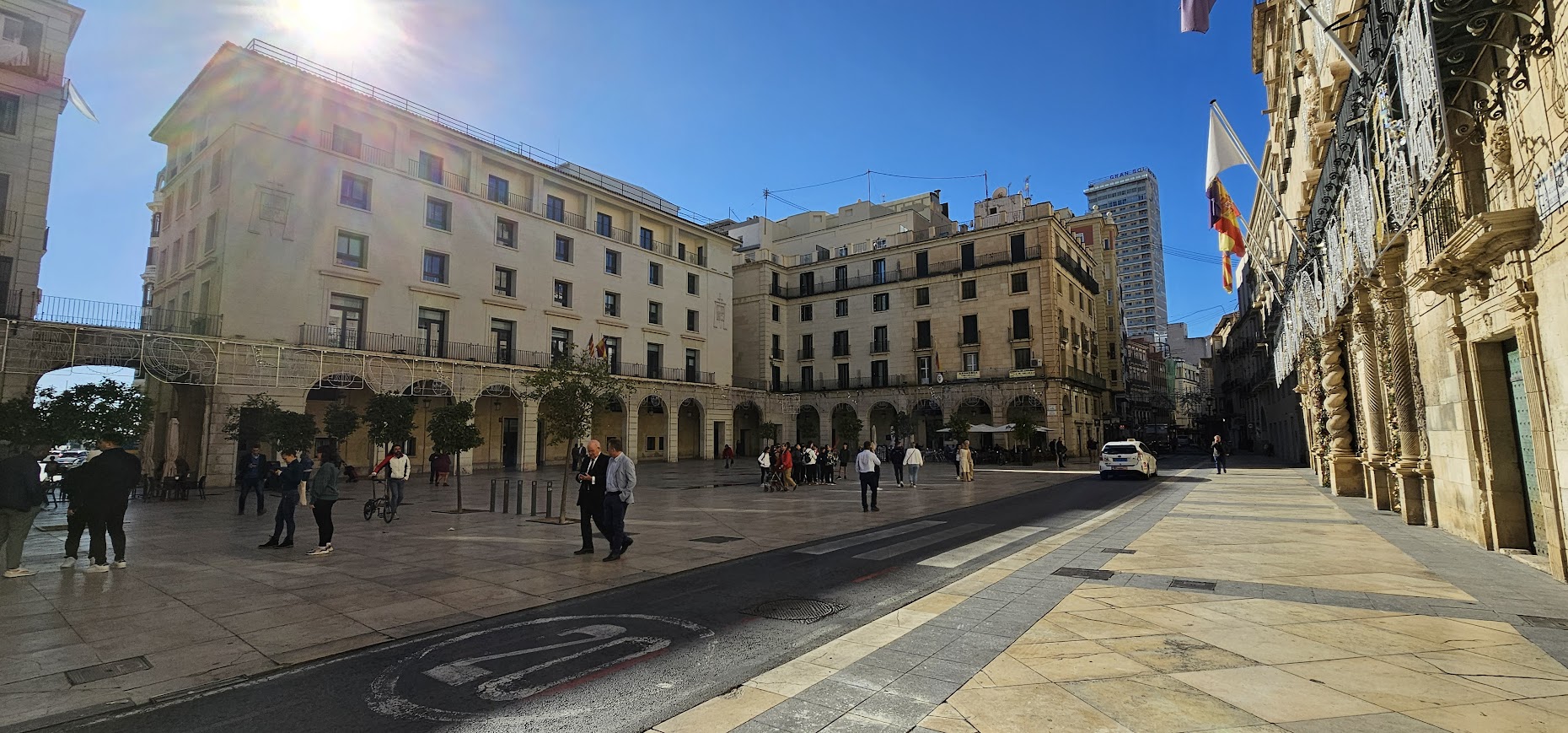
Yesterday, Monday May 5th, a man who is accused of repeatedly violating the restraining order that barred him from approaching his ex-partner in Benidorm and for sexual assault, appeared in court at the Alicante Provincial Court. The request for 16 years in prison for sexual assault and violation of a precautionary measure has been upheld by the Prosecutor’s Office. The man’s pretrial detention is not caused by the request for 16 years in prison; instead, it is a result of his repeated violations of the restraining order.
Despite being aware that he was subject to a restraining order against his ex-partner, the defendant arrived at her residence in the resort city on July 2nd, 2023, with the intention of proposing sexual intercourse. The defendant sexually assaulted the victim after she refused, as stated in the indictment. On July 19th, 2023, he returned to the residence and repeatedly rang the doorbell.
The defendant defended his right to respond exclusively to the queries posed by his defence. The investigation didn’t even take into account whether or not there was consenting sexual activity. However, he denied any wrongdoing and solely maintained that his ex-partner desired to get revenge when filing the complaint.
The victim’s testimony was the primary piece of evidence at trial, and she reaffirmed it in her complaint in every detail. She claimed that the man arrived at her residence despite being aware that he was unable to approach her and proceeded to sexually violate her upon his arrival. It transpired that there had been prior violations of the restraining order. In fact, he returned to the residence a few days later and began to ring the doorbell. The Prosecutor’s Office maintained the sentences it requested at the conclusion of the trial, thereby supporting all of these points.
The reason for the preventive detention in this case was not the sexual assault itself, which is still pending sentencing, but rather the repeated violations of the restraining order issued by the Court for Violence against Women. The measure is intended to prevent the victim from encountering additional risk situations, as the accused, despite having been judicially warned, returned to his ex-partner’s residence on numerous occasions, disregarding the explicit prohibition of approaching. The judge interpreted this persistent behaviour as a clear indication of a high risk of repeat offences and that the accused does not respect the judicial measures. Consequently, they justified his imprisonment as a means of ensuring the safety of the complainant and the seamless operation of the process.
Discover more from Costa Blanca Daily
Subscribe to get the latest posts sent to your email.
Costa Blanca
Benidorm company fined €27,400 for posting 81 adverts on the street
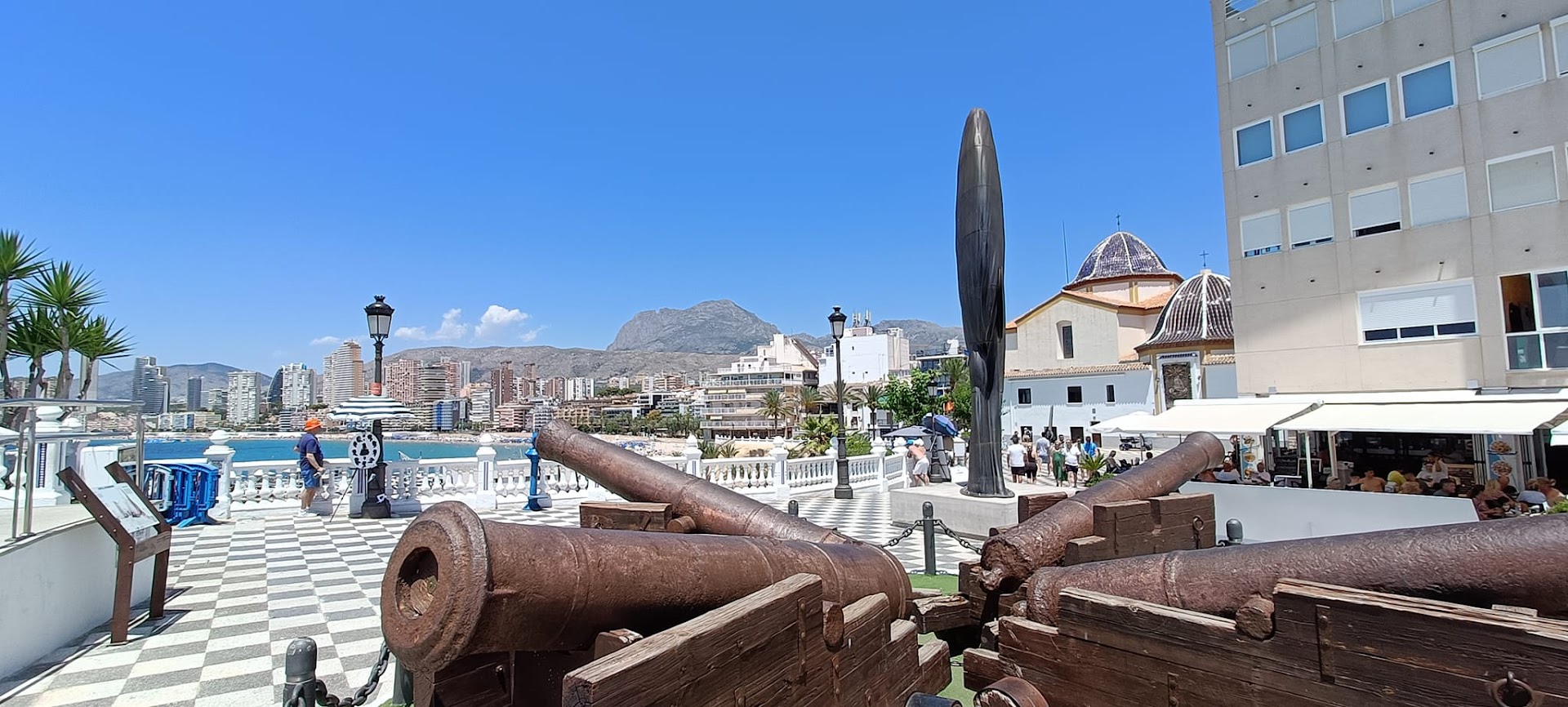
The Local Police have initiated 81 cases against a company located in Benidorm for violating the advertising ordinance. The company has erected signs on trees, poles, fences, and walls in Palma de Mallorca—a serious offence that has resulted in fines totalling €27,431.
The advertisements situated on various street furniture in Palma are for the purpose of financing money with vehicles as collateral.
The Local Police issued a statement that outlined the severe violation of Palma’s Municipal Ordinance on Dynamic Advertising by the placement of the advertising signs.
Fines ranging from €150.21 to €300.51 were imposed by the Local Police’s Infractions Service for each sign that resulted in a complaint.
The placement of the last nine signs detected has been fined €1,000 each for repeat offences, as the company continues to place this form of advertising.
As of Monday, the company has been assessed a total of €27,431 in penalties. However, the Local Police have not ruled out the possibility that the fines could increase to €6,000 per sign if the company continues to post these signs.
The police and the Infrastructure Department have already confiscated the majority of the signs.
Discover more from Costa Blanca Daily
Subscribe to get the latest posts sent to your email.
Costa Blanca
Plans to limit urban land and protect 109 traditional houses on Tabarca
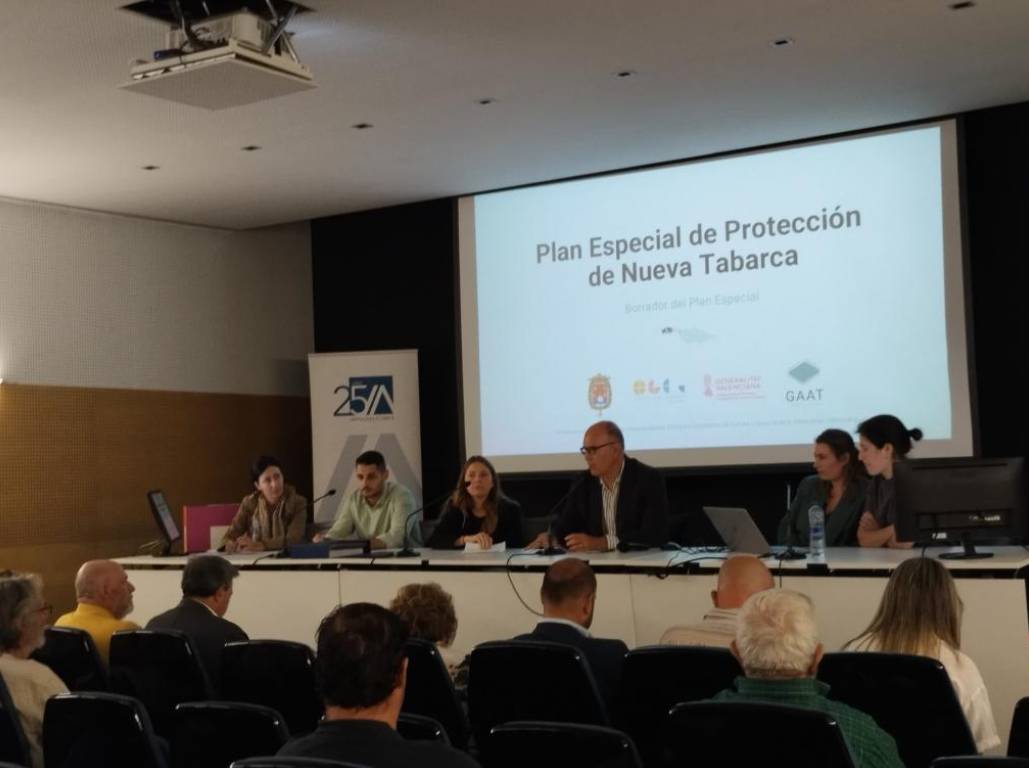
The draft and initial strategic document of the Special Protection Plan for Nueva Tabarca was presented by the Alicante City Council yesterday, Monday May 5th, within the framework of the island’s non-permanent commission. “This is a very restrained plan that respects the enhancement of the island’s cultural heritage, does not propose any new growth, and adheres to the designation of urban land within the walled enclosure,” explains Rocío Gómez, Councillor for Urban Planning. In addition to the 57 listed protected elements, the plan establishes overall protection for over 100 traditional urban houses and restricts demolitions and new construction to contemporary buildings, while also considering the reports previously issued by the General Directorate of Coasts and the Ministry of Culture.
“The objective is to balance the preservation of the island’s distinctive characteristics and heritage with the urban planning requirements and daily life on the island,” Gómez observes. Therefore, they propose various forms of protection for Nueva Tabarca’s cultural heritage. These measures encompass the following: the classification and definition of buildings into typologies, the classification of buildings into various levels of protection, the definition of permitted interventions in buildings, and the introduction of new documentation for permit applications.
The councillor clarifies that these proposals “consolidate our intention to preserve the urban fabric that is so characteristic of the area and are the first proposal for a Special Protection Plan for the island that includes the isthmus as non-developable land and does not anticipate urban growth.”
This is in addition to the 57 elements protected by the catalogue, which include religious, civil, and military structures, as well as 46 traditional Tabarcan homes. Additionally, 109 traditional urban houses are granted overall protection. Such protection involves the preservation of the current volume of the primary building or the first two slopes, the types of roofing, the compositional structure of existing openings, as well as the exterior finishes, textures, and stylistic and constructive details. New construction and demolition are exclusively permitted for modern structures.
The special plan will commence processing upon the Governing Board’s approval of the draft and initial strategic document. Subsequently, the strategic environmental declaration process will commence.
Special Plan Objectives
The Special Protection Plan has the following objectives:
- Establishment of a regulatory framework that enables the integration of the daily lives of residents and urban planning requirements while also safeguarding the distinctive archaeological, historical, and cultural values of the BIC.
- The special plan must be adjusted to comply with the provisions of coastal legislation, as well as other pertinent legislation, territorial and sectoral planning, and the territorial strategy of the Valencian Community.
- We are developing a Heritage Protection Catalogue that includes both natural and urban spaces and structures.
- The development of a property inventory that is informed by parameters such as typological, historical, and state-of-conservation. This inventory helps identify and list features at the waterfront and individually, allowing for the inclusion of buildings in protection categories and outlining what changes can be made.
- The goal is to achieve the environmental and morphological integration of urban interventions into the historic complex through balanced regulation. On the one hand, the special plan established the structural planning of the island, which encompasses the classification of land, the delimitation of the affected and protected areas required by sectoral legislation, the delimitation of the structural planning zones, the primary network of public facilities, the delimitation and characterisation of the green infrastructure, and the planning of non-developable land. On the other hand, it explores the intricate planning of the island, which encompasses the definition and characterisation of urban green infrastructure that is not established as structural planning, the secondary network of public facilities, the delimitation of subzones, with their corresponding specific building ordinances that include dimensions, shape, and volume, the detailed regulation of land uses in each subzone, and the delimitation of typical land use, the establishment of alignments Protection levels and typologies The protection proposals are predicated on a prior classification of existing buildings into building categories, which are groups of buildings and/or structures that share common characteristics, such as their origin, construction characteristics, and others. The Special Plan establishes the following typologies in this regard: • Religious structure: Church of St. Peter and St. Paul. • Governor’s House is a distinctive structure. • Military constructions: Wall, Bastions, Ravelin of the Royal Infantry, San Rafael Gate, San Gabriel Gate, San Miguel Gate, Falsabraga, Moat, Vaults, Powder Magazine, and Guard Corps. • Buildings and civil constructions: School, Lighthouse, Priest’s House, Cisterns, Squares, Road Network, Farmhouse, and Cemetery. • Conventional urban construction situated within party barriers. Subtype of the Tabarquina home. • A modern or contemporary structure. Subtypes: Contemporary detached building and Contemporary Tabarquina home. Similarly, distinct protection levels are established for each building to ascertain which components of the property or building should be preserved. Protection levels are established for both specified and unlisted elements. Therefore, the buildings listed are classified as follows: comprehensive general protection, which is applicable when the entire structure is subject to the conservation of values; partial general protection, which is applicable when the values that require conservation are observed in only certain areas of the structure; general environmental protection, which is applicable when the objective is to preserve certain morphological characteristics; and general typological protection, which is applicable when the objective is to preserve specific typological characteristics, such as subdivision or construction technique. Out of the 109 traditional townhouses that are not listed, a level of overall protection is provided. This protection includes the preservation of the existing volume of the main building or the first two slopes, the types of roofing of the buildings, the compositional structure of the buildings, the existing openings, and the exterior finishes, textures, stylistic, and constructive details. The interventions that are permissible at each level of protection are contingent upon whether the elements are enumerated or have general overall protection. Additionally, their classification as either traditional or contemporary is contingent upon the buildings’ origin. Demolition and new construction are permissible solely in these circumstances.
Discover more from Costa Blanca Daily
Subscribe to get the latest posts sent to your email.
-
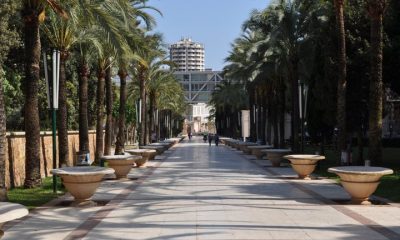
 Costa Blanca2 weeks ago
Costa Blanca2 weeks agoBenidorm studies the temperature of its streets to understand “heat island effect”
-

 News2 weeks ago
News2 weeks agoThe Generalitat presents the road map for the widening of the CV-95 between Orihuela and Torrevieja
-
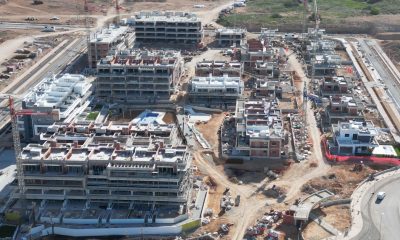
 Costa Blanca2 weeks ago
Costa Blanca2 weeks ago44% of homes in Alicante province were purchased by foreigners
-

 Costa Blanca2 weeks ago
Costa Blanca2 weeks agoFour minors arrested for smuggling drugs on a school trip
-

 Costa Blanca2 weeks ago
Costa Blanca2 weeks ago‘Cartagena’, the new electric Navy ship
-

 Costa Blanca2 weeks ago
Costa Blanca2 weeks agoYoung man arrested for robbing ATM users in Alicante
-

 Costa Blanca2 weeks ago
Costa Blanca2 weeks agoAlicante port gets an electric boat for cleaning the water surface
-

 Costa Blanca2 weeks ago
Costa Blanca2 weeks agoCompetition on Spain’s railways is driving down prices

